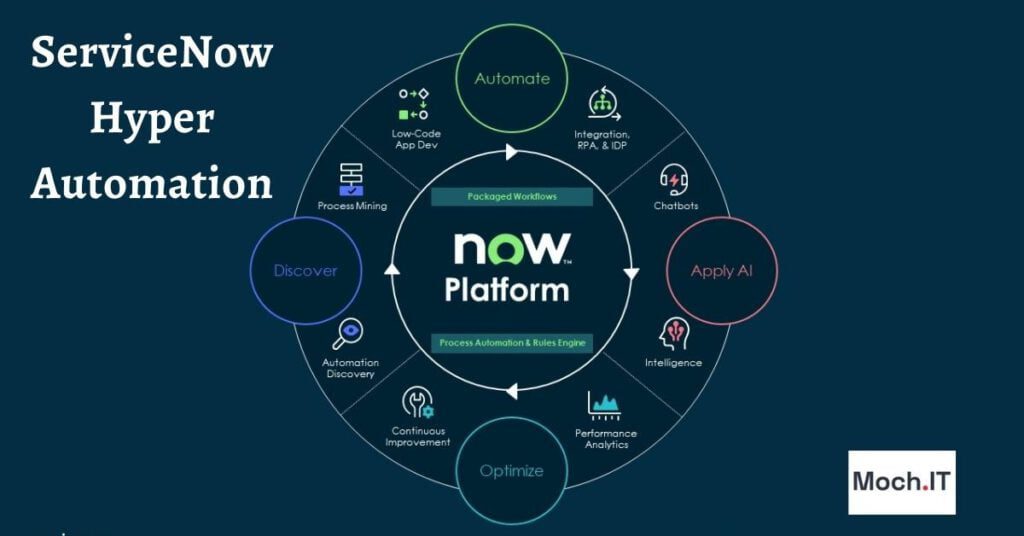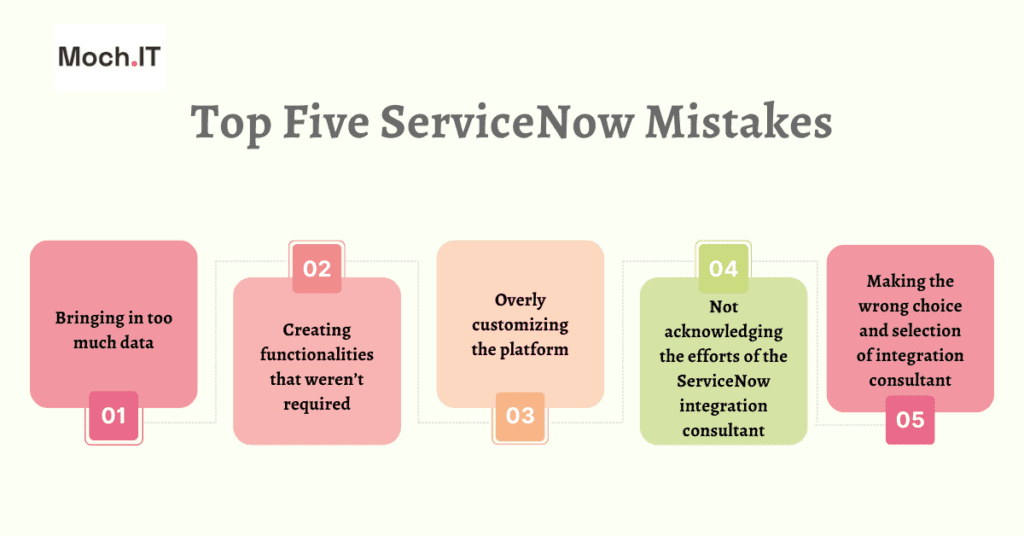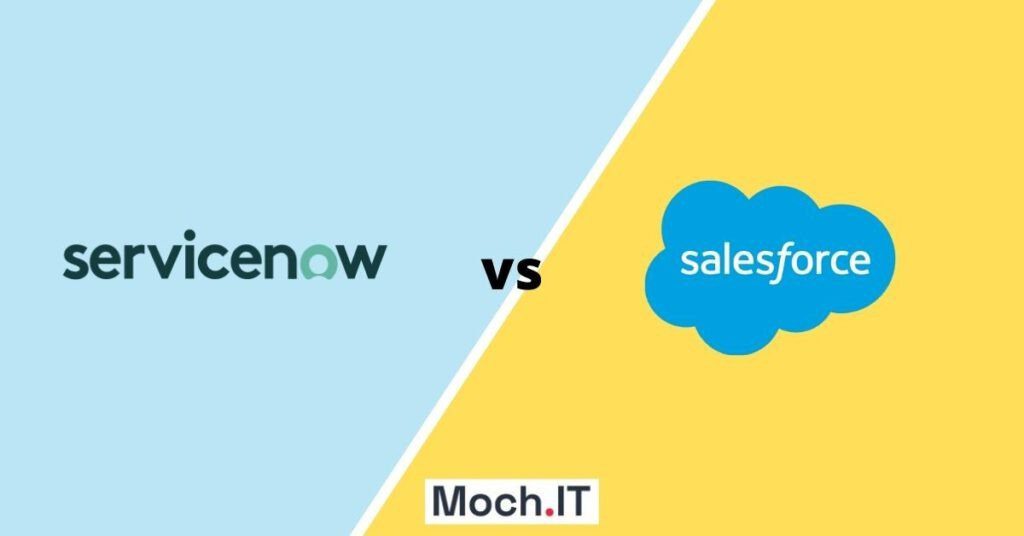We see a slight confusion as to where the ServiceNow reporting ends and where ServiceNow Performance Analytics (PA) begin. It could be which you have extraordinarily little know-how approximately how ServiceNow statistics works or possibly are just thinking whether or not your employer needs to improve from ServiceNow Reporting to ServiceNow Performance Analytics, this series will serve as a one-forestall-store for readability in all standards.
We, in the fairly distinctive data said forward, will take a deep dive into the geographical regions of the domain names. Discussions on management reporting, functionalities, records analytics depth, and typically asked questions will comply with to decide the exceptional fit in your enterprise. You may even come upon some helpful diagrams, tables and annexures with a purpose to permit you to higher interpret and weigh your alternatives. In this primary write-up, we shall determine what achievements you may extract from ServiceNow Reporting and how it compares to ServiceNow Performance Analytics.
So, How Do We Determine the Difference Between the Two Capabilities?
A common and yet wrong presumption is that Performance Analytics is an upgraded model of the prevailing reporting abilities inside ServiceNow. The truth of the problem is that Reporting and Performance Analytics have their awesome benefits and they resonate with every different.
A licensed subscription to ITSM (Information Technology Service Management) already includes a basic version of Performance Analytics. However, this being an unlicensed model is constrained to a set of prefabricated indicators (like Metrics/KPIs) and dashboards designed for Incident Management best, with a restrict of best one hundred eighty days of statistics records available for fashion evaluation. The concept at the back of this is to accustom you to the fundamental functionality of Performance Analytics before you buy an upgraded license.
The upgraded and certified model is known as Performance Analytics Premium and is derived with numerous advantages and functions and allows you to:
- Choose and create your personal set of indicator calculations (Metrics/KPIs)
- Make adjustments to the OOTB (Out of the box) content and encapsulate your customized filters and calculations
- Lengthen the historic information outcomes beyond a hundred and eighty days
- Formulate further breakdowns (without difficulty slice and not unusual information dimensions)
What Are The Features of ServiceNow Reporting?
There’s an astoundingly comprehensive range of visual charts in the ServiceNow platform that incorporates diverse wishes of your corporation. Even even though time is of the essence,
we can kingdom some examples which are as follows:
- Single stats/scores (Excellent for dashboards)
- Raw Data lists
- Funnels and gauges
- Donuts, pie charts and bar charts
- Multi and unmarried-stage pivot tables
- Time series (Periodic/chronological developments)
Reports and graphic representations may be formulated centrally for your agency and then shared with roles and businesses within the machine. Beware that ServiceNow is but affirmed on a self-provider mode, thereby implying that the precise character user can generate reports as needed.
ServiceNow additionally enables trending reviews which are time-dependent with each day, weekly, monthly, quarterly and annual tendencies by way of the usage of the prevailing time/date discipline, which includes closed date or created date. In case you’re trying to fashion records which varies pretty often, ServiceNow reporting will not be able to plan an open incident in diverse durations on an axis to reveal that the incident is presently open and has remained open in each of the ultimate three months. If you want ServiceNow ITSM then go to our website.
What Are The Different Types Of Calculations That Can Be Made Within ServiceNow Reporting?
Well, we are able to observe records aggregation techniques to document resulting within the advent of character calculations including:
- SUM: Tell me approximately the full amount of recent software requests
- AVERAGE: Calculate the average prices of hardware purchases in the month
- COUNT: How many change requests had been opened within the month?
- MINIMUM/MAXIMUM: Retrieve the most and minimal RAM of all computers in our office.
- COUNT DISTINCT: Show me the wonderful quantity of onboarding requests created
- STANDARD DEVIATION: Compute the same old deviation of the time to resolve incidents
The above techniques are practical and beneficial for person numbers, but ServiceNow Reporting cannot carry out complicated calculations. So, if we are to divide aggregated numbers by using each other e.G., “Compute the percentage of open incidents that were resolved closing month”, this will be a trouble for ServiceNow Reporting.
In this scenario, we will be capable of acquire the desired results, however for that to manifest, manual calculations will must be made. We can create a file to personally calculate the wide variety of open incidents which have been open and closed to decide the proportion. But that might be manual, wouldn’t it?
Let’s Dig Into What ServiceNow Performance Analytics Has To Offer:
Performance Analytics is a purpose-pushed software which includes a predetermined set of “indicators” that are clearly described by way of criteria. These indicators are calculated through a information series recurring wherein snapshots of your statistics are taken on occasion in a scheduled format. The motive at the back of this is to obtain consistency and standardization along with your metrics and KPIs. There is a completely unique calculation behind every of those signs and they are usually centrally maintained within your company by a crew of administrators.
Each indicator may be calculated in a whole lot of methods, inclusive of easy geometric algorithms or complex statistical models. Indicators are frequently reviewed for things like accuracy and relevance to make sure that the facts they provide is applicable to decision-makers inside the organization.
Hence a trademark will be very simplistic as in “quantity of exchange requests created” or “quantity of open incidents” or can also have multiple complexities. Performance Analytics has the strength to reuse metrics inside method indicators, which enables you to measure KPIs which includes “% of closed initiatives” and additionally generate management reporting. The formulation signs will calculate a final score for the whole report. These formulae will take the results of each of the underpinning indicator rankings after which observe the calculation distinctive inside the system.
There may be a couple of breakdowns related to one indicator, in which the breakdown is a information size which you might be capable of dissect similarly into offering favored effects.
Below is a flavor of what breakdowns can also include:
- Unternehmen
- Department
- Group Assigned
- Priority
- Status
- Project Supervisor
In the absence of those breakdowns, there can be barriers to viewing the general effects of the indicator and the underlying facts. Identifying whether a positive area is getting fewer stages of service than other regions might not be possible. The sheer significance of breakdowns could be highlighted in regions wherein Analytics Hub and dashboard filtering are discussed in a while.
Every active indicator is brought to a activity of scheduled statistics series and usually runs on a each day frequency that’s changeable. Hence, each time a process is done, the ensuing snapshots are populated in a “rankings” table.
As explained in advance, the disadvantage of ServiceNow reporting is that it can not look again and trend a trade request being opened 3 months ago and plot the identical trade request towards any of these preceding months in a monthly trending record. However, inside Performance Analytics, this difficulty is without difficulty resolved thru the daily snapshots of facts that can then be interpreted to reap the required metric.
PA scoresheet desk, showing universal each day score values as well as corresponding breakdown ratings.
The photo proven above represents a clear example of a scoresheet captured for a “Number of Open Incidents” indicator. We can see the results of the indicator inside the top row and additionally the accrued numbers for each breakdown.
Despite all the functions of Performance Analytics, we would like to mention a drawback right here. Performance Analytics supports the application of best breakdowns at a time. Let’s anticipate that for every day, Performance Analytics is making an attempt to file a whole breakdown combination for the dimensions said below:
Service (eight data) x Location (12 statistics) x Priority (5 information) x Group (50 information) x Department (20 facts)
For ServiceNow Performance Analytics to dissect a probable mixture of the above, it would thereby be required to save around 500,000 rows of data for a unmarried day of best one indicator. This totals almost 182.Five million rows of information per yr. Yes, you’ll be capable of compute this via MI gear but the essence of ServiceNow is transactional volume rather than information mining or processing. Hence the premeditated restriction for a most combination of fields is inevitable to keep load instances and hold platform overall performance at an premiere stage.
Now, to position into perspective, by way of the usage of the example above we are able to determine that the number of facts that can be saved for a single day against any signs the use of the ones breakdowns is one thousand (Group (50 information) x Department (20 information). This does now not suggest that Performance can’t help all of the variety of breakdowns, the implication is that there may be a restriction of simply . The lesson here is that each time you’re creating your necessities, simply carry this issue into consideration and plan as a result.
Let’s end this and topple matters over to part of this weblog which elaborates at the importance of Analytics Hub and its implications.



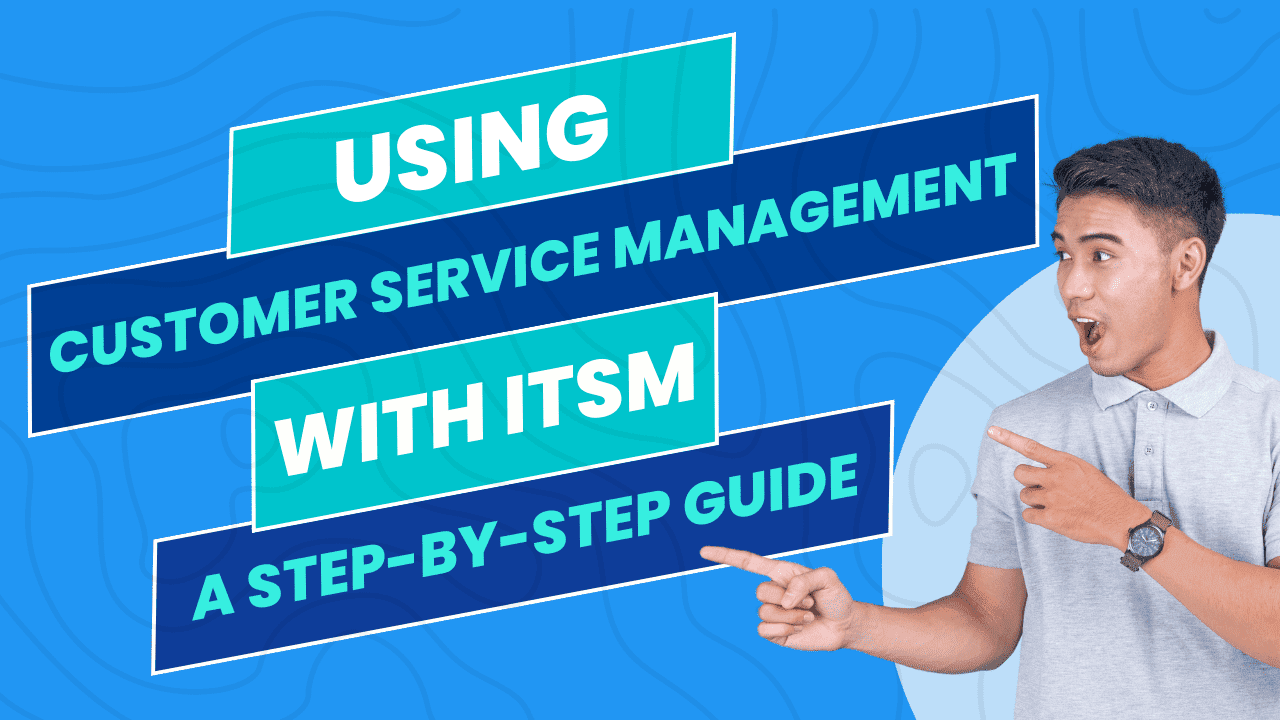

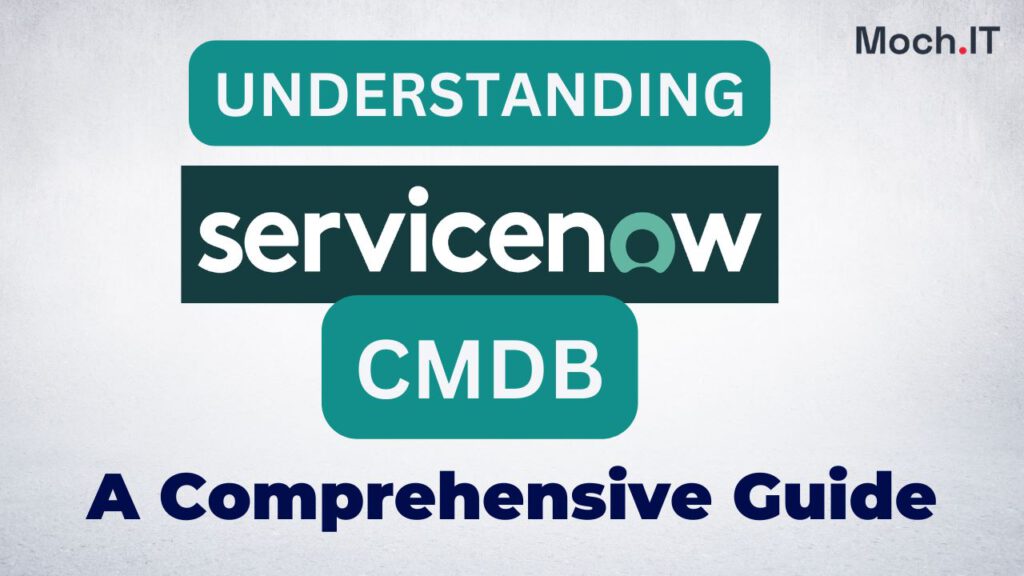

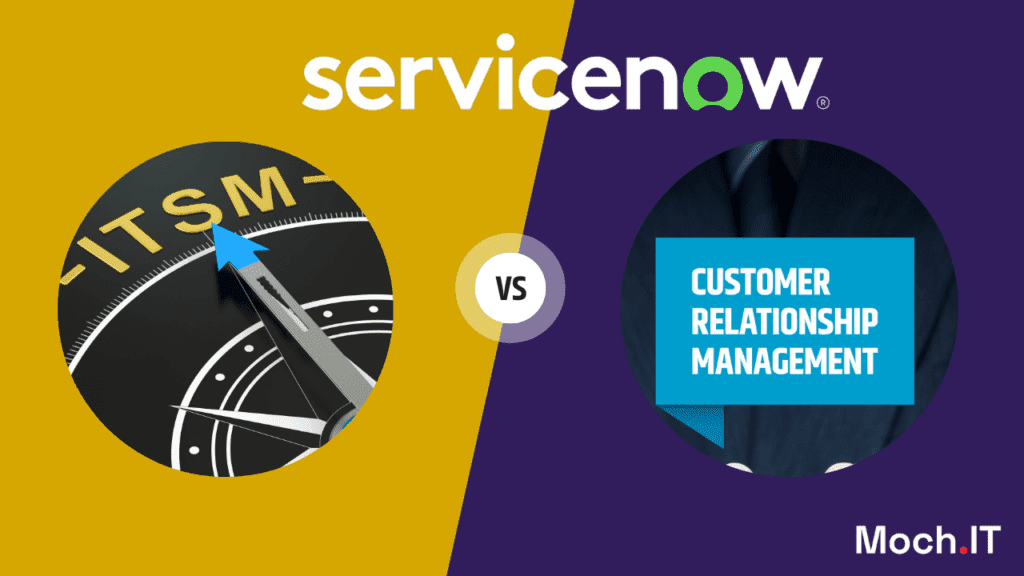







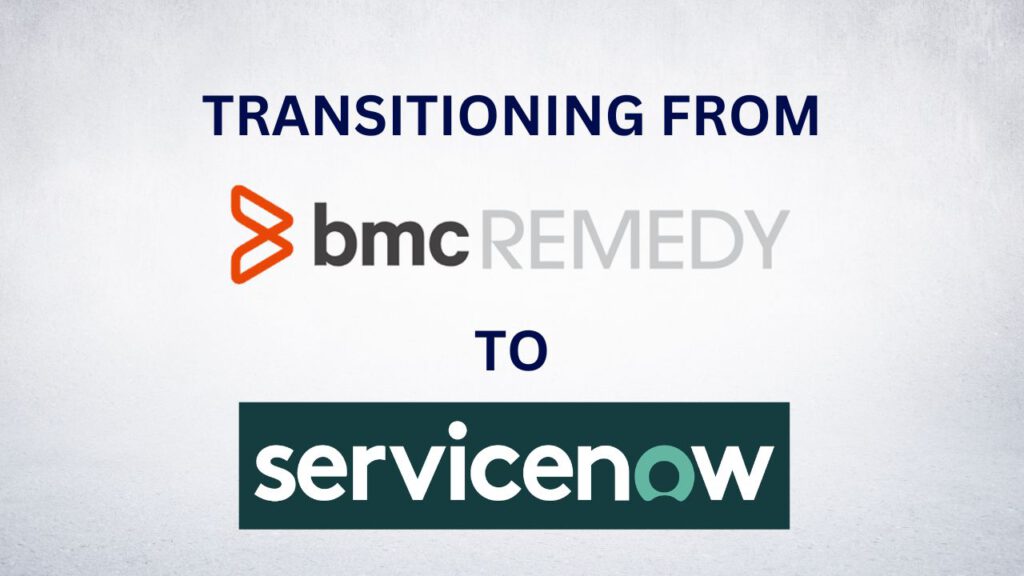




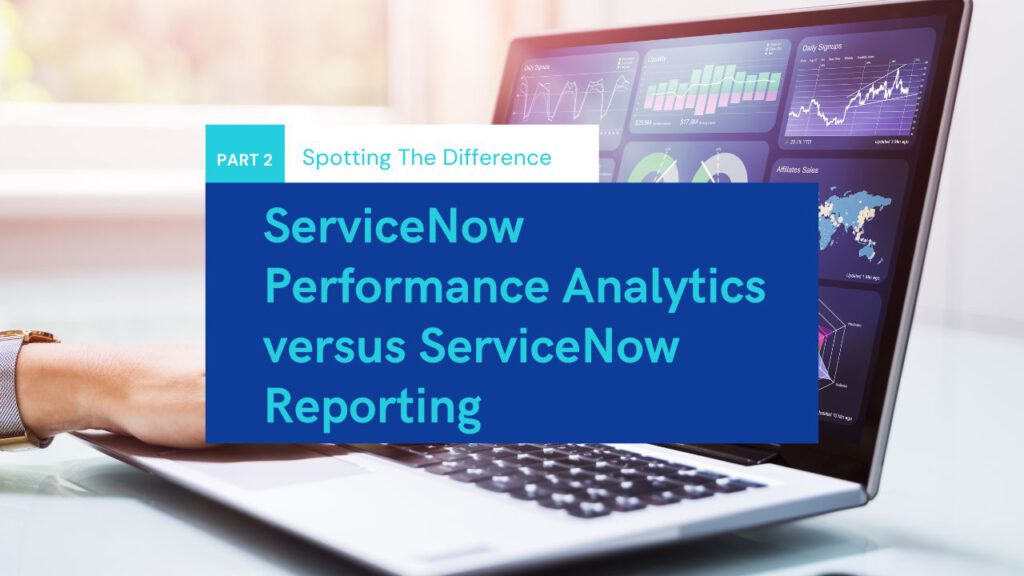


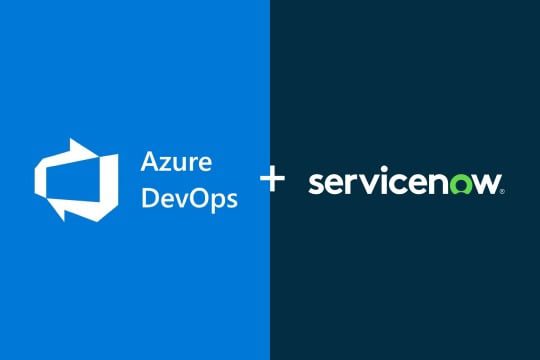

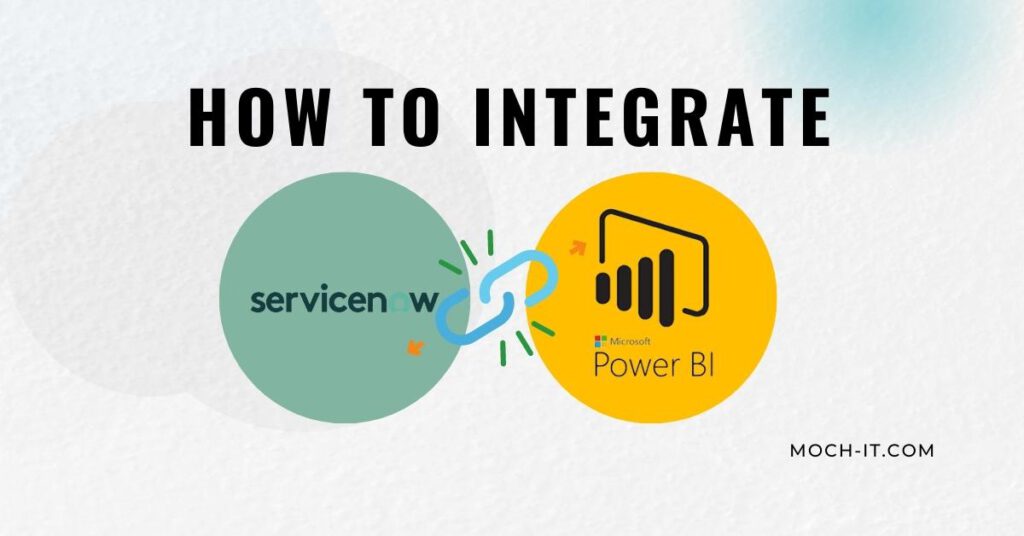




![Servicenow Latest Version: [ A Guide ]](https://moch-it.com/wp-content/plugins/phastpress/phast.php/c2VydmljZT1pbWFnZXMmc3JjPWh0dHBzJTNBJTJGJTJGbW9jaC1pdC5jb20lMkZ3cC1jb250ZW50JTJGdXBsb2FkcyUyRjIwMjIlMkYwOSUyRlNlcnZpY2Vub3ctTGF0ZXN0LVZlcnNpb24tMTAyNHg1MzYtMS5qcGcmY2FjaGVNYXJrZXI9MTczMDAxODEwMy0zNjI1NCZ0b2tlbj0xZDEwODg2ODBlMDdmNjQ0.q.jpg)

